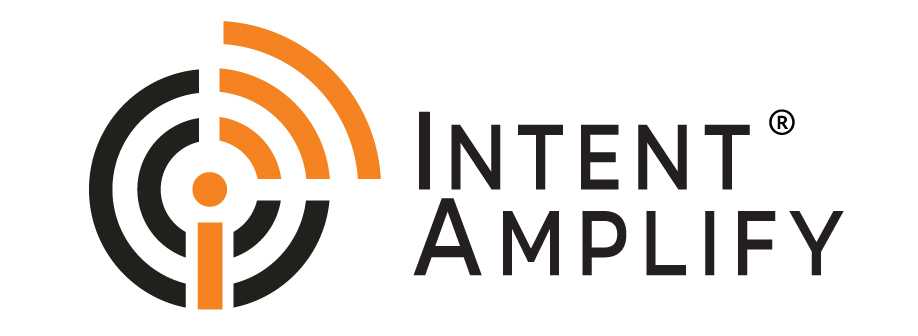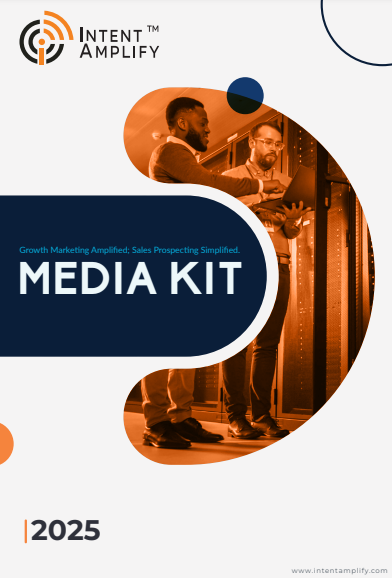
What Are IT Leads? Differences from Tech, Networking, and Telecom Leads
- Last updated on: July 17, 2025
IT leads are usually clubbed together as a single category in B2B marketing.
In real life, “IT” is a huge umbrella over a group of specialized decision-makers with distinct goals, pain points, and purchasing behaviors. Put them all into the same campaign, and you risk talking to nobody at all.
Consider this: a CIO who’s considering enterprise-class cybersecurity products is in a totally different mindset than a telecom manager who wants to upgrade their unified communications solution stack.
At Intent Amplify, we have witnessed firsthand the effect of doing this correctly. Campaigns that look beyond the bland “IT” label and are specific to who the lead actually is, if it’s a networking expert, a technology lead, an infrastructure architect, or a telecom buyer, perform higher time and time again than those that don’t.
In this article, we will talk about the five important categories of IT leads that you should know in 2025.
The Types of IT Leads:
-
IT leads (in the traditional sense)
-
Networking leads
-
Tech leads
-
Infrastructure leads
-
Telecom leads
Why ‘IT Leads’ Is Too Broad Today
At a distance, “IT leads” sounds like a perfectly reasonable marketing category. Every company needs technology, and someone needs to make those buying decisions. But when you get nearer to actual campaign implementation, that simplicity is a disadvantage.
The issue isn’t that IT leads do not exist. It’s that the category has been too broad to be helpful in isolation.
The B2B Landscape Has Changed
A decade ago, targeting “IT professionals” as a segment might have been reasonable. The tech stack was less complex, buying committees were smaller, and jobs weren’t as segmented.
One IT manager might be in charge of it all, from servers to software purchases to network security. Under those circumstances, a broad-based campaign could still be effective.
Forward to the present, and that’s not true anymore.
Today’s B2B technology ecosystems are sophisticated. The majority of mid-sized to enterprise companies now have entire departments focused on specialized areas such as:
- Networking & connectivity
- Infrastructure & cloud architecture
- DevOps & platform engineering
- Telecom & communications
- Cybersecurity & compliance
- Data & analytics
Each of these segments has its decision-makers, influencers, budgets, and KPIs. And each buyer has a different language. Unless your messaging is in sync with their priorities, it doesn’t matter how much lead volume you produce; it won’t convert.
“One-Size-Fits-All” Messaging Falls Flat
Imagine running a lead generation campaign for a cutting-edge SD-WAN solution. If your targeting is based solely on “IT decision-makers,” you’ll likely end up in the inbox of:
- A CIO who’s focused on strategic planning and budget oversight
- A DevOps manager who cares more about automation pipelines than networking
- A telecom buyer who’s evaluating UCaaS platforms
- A network architect is your actual target
Only one of those contacts will be actually relevant. The others? They might download a whitepaper, but they won’t generate a pipeline.
Not so surprisingly, this disconnect causes waste everywhere:
- Ad spend wasted on the wrong personas
- Poor lead quality and low MQL-to-SQL conversion rates
- Frustrated SDRs attempting to qualify poor-fit contacts
- Stalled sales cycles because the content didn’t align with the need
Lead Generation Without Context Is Noise
If you approach all IT leads the same, you’re assuming what they’re concerned about, and that assumption turns out to be wrong far more often than it’s right.
A person who wants to modernize storage has very little in common with a person who needs a more secure communication system. They have different challenges. They have different tech stacks. Even their KPIs could be entirely different.
“Marketers often mistake reach for relevance. But it’s not how many people you reach — it’s who you reach, and whether your message means anything to them.”
— Sangram Vajre, Co-founder, GTM Partners
This is the heart of the issue. A lead without context isn’t a lead, it’s just a contact. Without knowing what that individual is responsible for, what stage of the buying journey they’re in, and what’s actually on their radar, you’re flying blind. And in B2B, where the stakes are high and the buying cycles long, that’s a risky move.
“Intent without insight is dangerous. You can’t just target someone because they clicked on a whitepaper — you need to understand the reason behind that action.”
— Meagen Eisenberg, CMO, Lacework (formerly MongoDB, DocuSign)
The new standard in B2B isn’t mass outreach, it’s precise targeting. It’s campaigns are built on behavioral intent, layered with firmographics, and sharpened by persona-level insight. This is what separates generic outreach from actual demand generation.
“If your message doesn’t map to the buyer’s reality, it won’t land, no matter how good your creativity is.”
— Matt Heinz, President, Heinz Marketing
If the message is not tailored, there is a high risk that the funnel will not have incorrect leads. This alternatively affects:
- SDRs are wasting time and energy on qualifying irrelevant contacts.
- Performance looks fine on the surface, but fails to deliver bottom-line results.
The 5 Major Types of IT Leads
Every IT lead type is unique in its own way. Let us find out.
Success in B2B technology marketing relies on knowing not only what your audience does, but also how they think. Although technically all five of these lead types are part of the “IT” category, each has a different role to play in the technology world and requires its special treatment.
Let’s dissect each category by industry focus, general buyer attitude, and how they differ in your lead generation and engagement strategy.
1. IT Leads: The Strategic Generalists
Industry Context
IT leads are the most general and traditional of all segments across the tech space. They generally operate across industries like finance, healthcare, and manufacturing, and are tasked with overseeing an organization’s overall technology stack.
What Makes Them Unique
Unlike their more specialized counterparts, IT leaders tend to be strategic generalists. They might not be deep on any single tech area, but are responsible for several: software acquisition, adoption of the cloud, security, device management, and compliance.
They’re typically attuned to outcomes such as:
- Operational efficiency
- Risk mitigation
- Budget optimization
- Scalability of the tech stack
Key Insight: IT leaders care about how things work together. Your messaging needs to emphasize platform integration, simplicity of deployment, and impact across the enterprise. They tend to affect budgetary decisions even if they don’t make the ultimate decision, making them the perfect target for high-level awareness campaigns.
2. Networking Leads: The Architects of Connectivity
Industry Context
Networking drives work in industries where uptime and performance are mission-critical — finance, healthcare, telecom, logistics, and any big enterprise with distributed operations. Their responsibility is to get everything connected, secure, and fast.
What Makes Them Unique
These leads are laser-cut on connectivity, bandwidth, and security at the infrastructure level. They deal with routers, switches, firewalls, VPNs, SD-WAN configurations, and internal access policies. Performance, reliability, and zero-trust architectures are their bread and butter.
They’re typically responsible for:
- Preventing downtime
- Securing internal and external access
- Supporting remote work environments
- Optimizing network performance for scale
Key Insight: Tech leads think about performance metrics and threat surfaces. Refrain from IT-speak platitudes; they prefer detail: throughput, redundancy, latency, encryption protocols. Provide them with whitepapers, test results, and case studies written in their jargon.
3. Tech Leads: The Builders Behind the Product
Industry Context
Tech leads, often titled “Technical Lead” or “Engineering Lead”, sit at the intersection of product development and platform delivery. You’ll find them in SaaS companies, software-driven enterprises, and tech-forward organizations across verticals.
What Makes Them Unique
These leads aren’t IT managers, they’re technical experts responsible for designing, coding, and deploying applications. They’re hands-on with tools like CI/CD platforms, container orchestration, API gateways, observability systems, and cloud-native services.
They’re fixated on:
- Shipping faster with fewer bugs
- Creating durable, scalable architecture
- Eliminating friction from the dev flow
- Discovering tools that play well with their current stack
Key Insight: Technical leads despise fluff. They’re technical, time-constrained, and don’t like marketing speak. The easiest way to win them? Let your product talk through a demonstration. Developer documentation, architecture diagrams, GitHub integration, actual performance benchmarks, that’s what wins their trust.
4. Infrastructure Leads: The Guardians of the Backbone
Industry Context
Infrastructure leads are critical personalities in industries that are most dependent on data and computing, banking, healthcare, e-commerce, logistics, and large-scale enterprise settings. They manage everything from on-premise data centers to cloud setups.
What Makes Them Unique
Those leads own the design and development of the technology base layer. That means servers, storage, networking equipment, virtualization, backup/recovery systems, and increasingly hybrid and multi-cloud.
Their primary focus areas are:
- System availability and uptime
- Resource-efficient resource utilization
- Cloud migration and cloud modernization
- Business continuity and DR (Disaster Recovery)
Key Insight: Infrastructure leaders think in multi-year cycles. They’re not chasing trends — they require sound, scalable, stable systems that serve the business 24/7. If your solution enhances uptime, reduces TCO (total cost of ownership), or accelerates cloud migration, that’s your beachhead.
5. Telecom Leads: The Voice and Data Commanders
Industry Context
Telecom leads are busiest in big businesses, call centers, and international companies that depend largely on communications infrastructure, particularly in healthcare, retail, logistics, and technical support.
What Sets Them Apart
They oversee unified communications (UC), VoIP solutions, SIP trunking, mobile device fleets, video conferencing systems, and internet bandwidth. Their priority is providing high-quality, secure, and scalable communications, both internally and externally.
They value:
- Call quality and reliability
- User experience and mobility
- Integration with collaboration tools (such as Microsoft Teams or Zoom)
- Cybersecurity and data privacy in comms systems
Key Insight: Telecom leads are under pressure to deliver frictionless user experiences while keeping cost and compliance in check. Campaigns targeting this audience should take a benefits-led approach, such as voice clarity, remote workforce enablement, global coverage, and integrations with business tools.
Buyer Intent: How Every Lead Thinks Differently
Buyer intent is more than just the behavior. It involves understanding how every lead thinks, what inspires their decisions, and when those needs usually surface.
What follows is a formal analysis of how these intents are spread across the five largest IT lead segments.
IT Leads
IT leaders tend to address decision-making from perspectives of systems integration, organizational risk management, and overall cost-effectiveness.
They are often responsible for creating technology strategy or assessing new solutions, even though they may not be the immediate end-users of the respective tools.
This category focuses on scalable, secure technology that is simple to deploy across several business units. In most instances, they are also the last approvers for budget and compliance needs.
Shared intent drivers include:
- Need to respond to new or changing regulatory mandates
- Internal system audit findings pointing out security or efficiency shortfalls
- Company-wide vendor consolidation initiatives
- End-of-life (EOL) announcements for fundamental legacy systems
Networking Leads
Networking drives thinking in terms of scale and connectivity, uptime, and security. Their thinking covers the entire network architecture across the organization, from on-premises to hybrid and remote endpoints.
While they carry out tactical duties, their strategic mind is focused on long-term infrastructure resilience and future-proof scalability.
They are highly sensitive to technical specifics and want performance claims supported by facts. Architecture diagrams, case studies, and performance benchmarks are much more compelling to them than superlatives about benefits.
Buyer intent is often triggered by:
- Network latency, outage, or unreliable connectivity issues
- Recent or forthcoming security vulnerabilities that compromise them
- Office location expansion plans or hybrid workforce model support
- Enterprise plans to bring network infrastructure up to date
Tech Leads
Tech leads, usually engineering or development managers, are very technical individuals who value agility, automation, and architecture compatibility in every buying decision.
Though they might not have the last word on purchase decisions, their advice holds considerable influence during the evaluation process.
These users tend to be suspicious of promotional messaging and are much more affected by documentation, live demonstrations, and integration features, especially through GitHub, open APIs, or current developer communities.
Their main concern is how a solution integrates with their existing stack and if it will eliminate friction throughout the development process.
Typical intent signals are:
- Bottlenecks in software deployment or integration processes
- Developer churn is associated with ineffective toolchains
- Strategic projects with microservices adoption or containerization
- Product roadmap shifts that necessitate backend or platform changes
Infrastructure Leads
Infrastructure leads approach technology holistically, managing everything from physical servers and storage through virtualization, disaster recovery, and cloud architecture.
Their choice is influenced by long-term business continuity objectives, cost-effectiveness, and system performance in distributed environments.
In contrast to other types of roles, infrastructure leads tend to compare technology buys over longer timeframes and demand comprehensive total cost of ownership (TCO) analysis, service-level agreements, and integration guarantees.
They prioritize reliability and stability over newness or trendiness.
Intent usually stems from:
- Large-scale replatforming or consolidation of data center initiatives
- Rising infrastructure upkeep and operating expenditures
- Migrations toward hybrid or multi-cloud ecosystems
- High-growth projections that call for future-proof scaling
Telecom Leads
Telecom leads handle enterprise communications infrastructure, such as voice, video, mobile, and unified communications platforms.
Their top-of-mind concerns include bandwidth allocation, system interoperability, service uptime, and regulatory and compliance standards for communications.
Though less obvious in the buying committee, these individuals are instrumental in facilitating collaboration and enabling the new hybrid workforce.
They prize simplicity, dependability, and close integration with applications such as Microsoft Teams, Zoom, Slack, or native UCaaS solutions.
Intent is often initiated by:
- Recurring call quality problems or surprise service disruptions
- Strategic transformation to hybrid or all-remote work models
- Requirement to consolidate heterogeneous communication platforms (UC, voice, video)
- Increased telecom expenses or constraints imposed by traditional service providers
What Intent Amplify Suggests
Accuracy in dealing with these intent signals is no longer a differentiator. It is a must-have, according to us at Intent Amplify.
With B2B marketers using ambiguous targeting, such as “IT leads” without knowing the exact roles, behaviors, and triggers within each segment, campaign performance suffers. It’s for this reason that our strategy hinges on buyer-level intent, persona mapping, and solution-specific targeting, not volume in place of volume.
If you want to enhance the quality of your lead pipeline and reach buyers at the right time, here’s what we suggest:
-
Do Not Target Broad Audiences. Begin Segmenting
Generic job functions such as “IT Decision Maker” no longer give you the specificity necessary for effective engagement. Instead, split your audiences up by exact responsibilities, whether networking engineers, cloud infrastructure leaders, or telecom directors, and match your messaging to those.
Learn how our B2B intent data solutions assist you in identifying high-value prospects actively looking into technologies within your space.
-
Leverage Buyer-Level Intent to Focus Engagement
Someone just skimming a blog post is different from someone downloading an analyst comparison or going to a product integration page more than once.
Using intent signal intelligence, you can determine what phase each lead is in and tailor accordingly.
This enables you to:
- Send mid-funnel assets to buyers at the evaluation stage
- Forward high-fit, high-intent contacts straight to your sales team
- Shut out early-stage researchers from aggressive pursuit
-
Launch Campaigns Focused On Buyer Needs Rather Than Product Benefits
Whether your target is a DevOps lead, a telecom systems architect, or an enterprise IT buyer, one constant holds true: relevance trumps. That means messaging needs to be focused on what matters for that role and not what your product does.
Enabling brands to create customized B2B marketing campaigns that coordinate content, creatives, and delivery channels to each individual persona’s needs and pain points.
As a result, more effective engagement and higher-quality MQLs are achieved.
-
Select the Proper Syndication Channels for Each Persona
Various personas consume content differently. For instance:
- Tech leads have a preference for documentation, technical deep dives, and developer communities.
- Infrastructure leads interact with analyst reports, benchmarking studies, and webinars.
- Telecom buyers seek customer case studies, ROI calculators, and platform demos.
Through B2B content syndication, you can share content with the right audience on the right channels at the right time, based on active research behavior and persona affinity.
5. Measure What Matters: Lead Quality, Not Just Volume
Lots of lead volume sounds great on a dashboard, but it’s lead quality that drives the pipeline. We assist B2B marketers in refocusing from vanity metrics to actionable results, with full-funnel reporting and lead scoring mapped to your sales team’s qualification standards.
Tailored lead generation programs drive a qualified pipeline, not only clicks and downloads.
Final Thoughts
In the advanced B2B technology world of today, “IT leads” just doesn’t cut it in describing how purchasing decisions are made by organizations.
Every category is a unique mindset, pain point, and priority set. Bunching them together not only results in in-congruent messaging, but also inefficient marketing spend and lost opportunities.
With a grasp of the distinctive roles and thought patterns that underlie each type of lead, marketers are better positioned to create more targeted campaigns, send the right content at the right point, and ultimately establish more solid trust with their target audiences.
Segmentation is not about being complicated; it’s about being clear. And in an environment where buyer attention is limited, clarity is what you need to get ahead.
FAQs
1. How does intent data enhance IT lead generation?
Intent data enables you to recognize when certain personas are in the process of researching solutions, enabling you to connect in real-time and deliver very targeted messaging that converts.
2. Why is it dangerous to put all IT leads into one campaign?
Every type of lead, from network, infrastructure, to telecom, has unique objectives and pain points. Using generic messaging yields lower engagement, mismatched offers, and wasted investment.
3. What distinguishes telecom leads from others in B2B?
Telecom leads deal with communication infrastructure, integrated collaboration solutions, and bandwidth distribution. They are interested in SLAs, cost management, and ease of deployment in distributed teams.
4. Who can be a tech lead in a buying committee?
Tech leads are technologically savvy individuals, sometimes engineers or coders, who drive purchasing decisions on integration, scalability, and product compatibility with current stacks.
5. In what ways are networking leads different from overall IT leads?
Networking leads are particularly concerned with network infrastructure, availability, bandwidth, and security. They tend to be more technical and performance-oriented than more general IT decision-makers.




